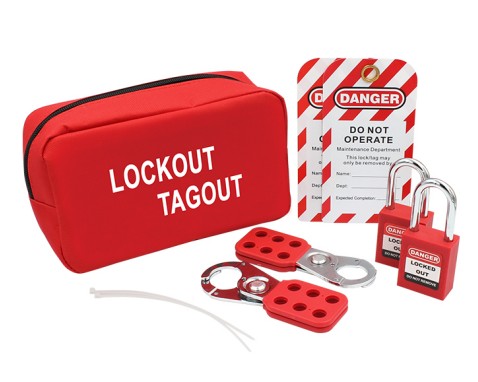Article 10 HSE prohibition:
Work safety ban
It is strictly prohibited to operate without authorization in violation of the operation rules.
It is strictly prohibited to confirm and endorse the operation without going to the site.
It is strictly forbidden to command others to do risky operations in violation of regulations.
It is strictly prohibited to work independently without training.
It is strictly prohibited to implement changes in violation of procedures.
Ban on ecological and environmental protection
It is strictly prohibited to discharge pollutants without a license or in accordance with the license.
It is strictly prohibited to stop using environmental protection facilities without authorization.
Illegal disposal of hazardous waste is strictly prohibited.
It is strictly prohibited to violate environmental protection “three simultaneity”.
Falsification of environmental monitoring data is strictly prohibited.
Nine survival clauses:
Safety measures must be confirmed on site when working with fire.
Safety belts must be properly fastened when working at heights.
Gas detection must be performed when entering confined space.
Air respirators must be properly worn when working with hydrogen sulfide media.
During lifting operation, personnel must leave the lifting radius.
Energy isolation must be performed before opening equipment and pipelines.
Electrical equipment inspection and maintenance must be shut down and Lockout tagout.
The equipment must be shut down before contacting dangerous transmission and rotating parts.
Protect yourself before emergency rescue.

There are 6 primary factors and 36 secondary factors
Leadership, commitment and responsibility: leadership and guidance, full participation, HSE policy management, organizational structure, safety, green and health culture, social responsibility
Planning: identification of laws and regulations, risk identification and assessment, hidden trouble investigation and management, objectives and schemes
Support: resource commitment, capacity and training, communication, documentation and records
Operation control: construction project management, production operation management, facilities management, dangerous chemicals management, procurement management, contractor management, construction management, employee health management, public security, environmental protection management, identity management, change management, emergency management, fire management, accident event management and management at the grass-roots level
Performance evaluation: performance monitoring, compliance evaluation, audit, management review
Improvement: nonconformance and corrective action, continuous improvement
Post time: Sep-18-2021






